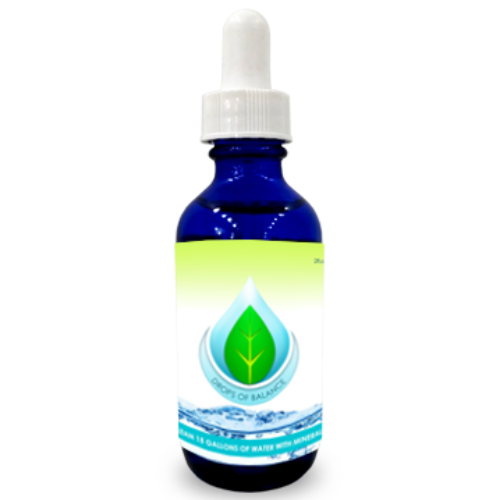Blog
Why Clean Water Matters: How Water Quality Affects Soil Biology and How Drops of Balance Can Solve the Heavy Metal Problem
Most gardeners focus on nutrients, lighting, and growing mediums, but there's one critical factor that often gets overlooked: water quality. The truth is, your water is the foundation of everything that happens in your soil. Poor water quality doesn't just affect plant growth: it completely disrupts the living ecosystem that makes healthy soil possible.
If you're dealing with stunted growth, nutrient deficiencies that don't respond to feeding, or plants that just seem "off" despite your best efforts, contaminated water might be the culprit. Heavy metals and other contaminants in your water supply can wreak havoc on the beneficial microorganisms that your plants depend on.
The Hidden World of Soil Biology
Your soil isn't just dirt: it's a bustling underground city. Every gram of healthy soil contains billions of bacteria, fungi, protozoa, and other microorganisms working together to create the perfect growing environment. These tiny workers break down organic matter, cycle nutrients, improve soil structure, and protect plants from pathogens.
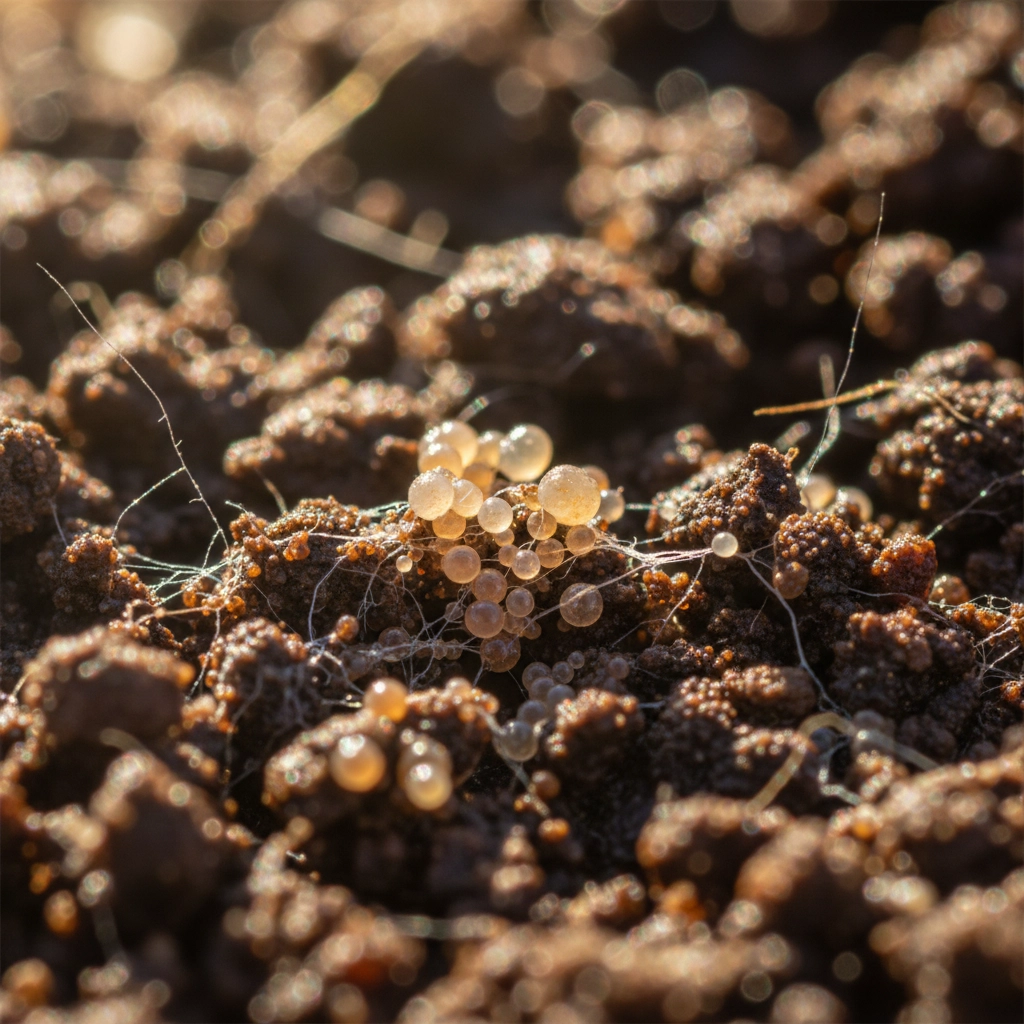
But here's the catch: these beneficial organisms are incredibly sensitive to water quality. When you water with contaminated water, you're essentially poisoning this underground ecosystem. Heavy metals like lead, cadmium, copper, and zinc can accumulate in soil and become toxic to soil life at surprisingly low concentrations.
The relationship works both ways. Healthy soil biology helps filter and purify water naturally, while clean water supports diverse microbial communities. It's a positive feedback loop that creates optimal growing conditions. Break that cycle with contaminated water, and everything starts falling apart.
How Water Quality Directly Affects Your Plants
When heavy metals enter your growing medium through contaminated water, several problems start occurring simultaneously:
Microbial Die-Off: Beneficial bacteria and fungi begin dying off, reducing the soil's ability to cycle nutrients and protect plant roots. Without these microscopic partners, plants struggle to access nutrients even when they're present in the soil.
pH Disruption: Heavy metal contamination often causes pH swings that further stress both plants and soil organisms. The buffering capacity of your growing medium gets overwhelmed, leading to nutrient lockout issues.
Toxic Accumulation: Heavy metals don't break down naturally. They accumulate in plant tissues and can reach levels that are harmful not just to the plant, but potentially to anyone consuming the harvest.
Root Damage: Direct contact with heavy metals damages root systems, reducing the plant's ability to uptake water and nutrients. You might notice slower growth, yellowing leaves, or poor overall vigor.
Common Sources of Heavy Metal Contamination
Before we talk solutions, it's important to understand where these contaminants come from. Heavy metals can enter your water supply through several pathways:
Old Plumbing: Homes with older pipes, especially those containing lead or copper, can leach metals into the water supply. Even "lead-free" pipes can contain up to 8% lead content.
Industrial Runoff: Agricultural and industrial activities can contaminate groundwater with various heavy metals that eventually make their way into municipal water supplies.
Natural Deposits: Some regions have naturally occurring heavy metal deposits that can contaminate well water and even some municipal supplies.
Fertilizers and Amendments: Some commercial fertilizers and soil amendments contain trace amounts of heavy metals that can accumulate over time.
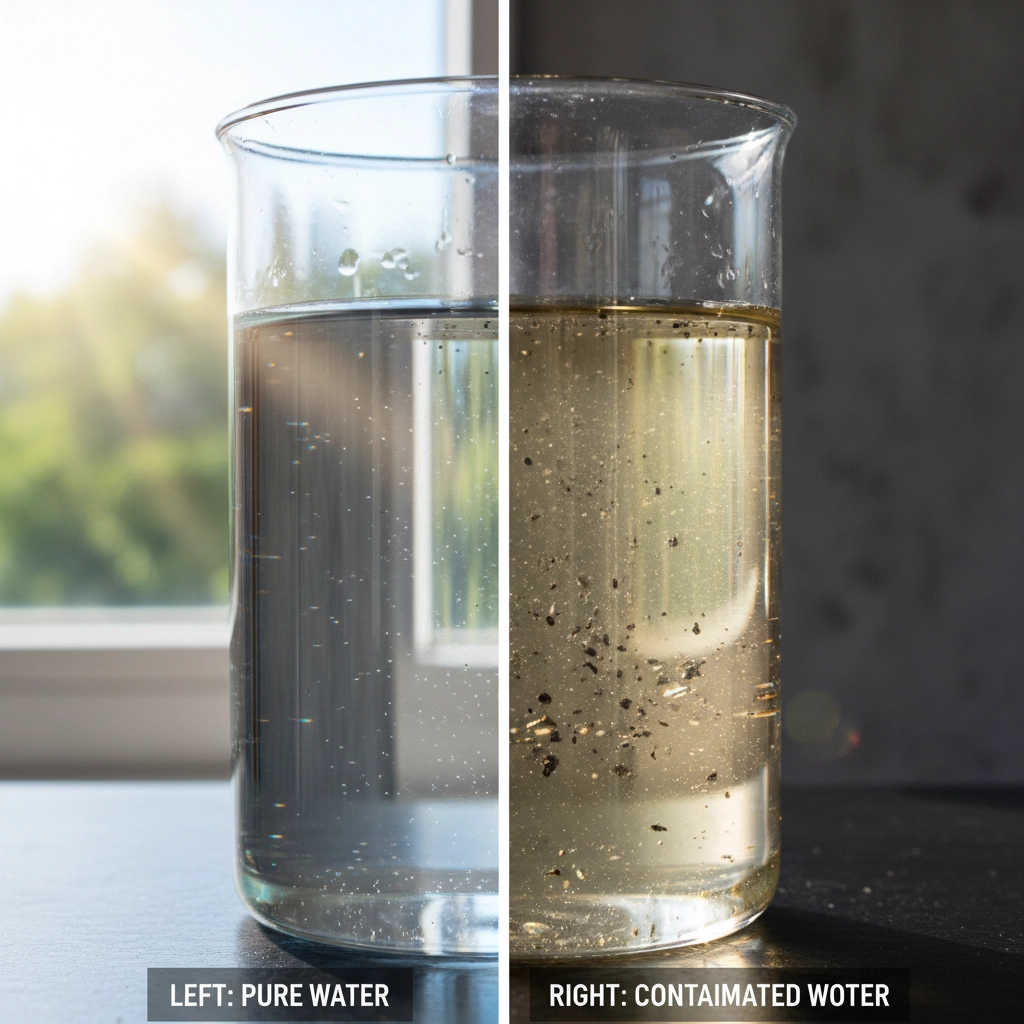
The Soil's Natural Defense System
Healthy soil has remarkable abilities to deal with contaminants, but only up to a point. Soil organic matter acts like a sponge, binding to heavy metals and reducing their availability to plants. Beneficial microorganisms can also sequester certain contaminants and even transform some into less harmful forms.
Clay particles in soil naturally bind to metal ions through ion exchange processes. Mycorrhizal fungi create protective barriers around plant roots and can help filter out some contaminants before they reach the plant.
However, these natural defense mechanisms can become overwhelmed when contamination levels exceed the soil's buffering capacity. That's when you need additional help to maintain water quality.
Enter Drops of Balance: A Game-Changer for Water Quality
This is where Drops of Balance comes into the picture as a comprehensive solution for heavy metal contamination in water. Unlike simple water filters that only remove some contaminants, Drops of Balance works by neutralizing heavy metals at the molecular level, making your water safe for both plants and soil biology.
The product works through a proprietary chelation process that binds to heavy metal ions in your water, effectively neutralizing their harmful effects. This isn't just about removing contaminants: it's about creating water that actively supports soil biology and plant health.
How It Works: Drops of Balance contains specialized organic compounds that form stable complexes with heavy metal ions. These complexes are then safely eliminated from your water system, leaving behind clean water that won't disrupt soil biology.
Broad Spectrum Protection: While many water treatment systems target specific contaminants, Drops of Balance addresses multiple types of heavy metals simultaneously, including lead, cadmium, copper, zinc, and others commonly found in contaminated water supplies.
Soil Biology Friendly: Unlike harsh chemical treatments that might remove contaminants but harm beneficial microorganisms, Drops of Balance actually supports soil biology by providing clean water and trace elements that beneficial bacteria and fungi need to thrive.
Shop Drops of Balance at Perfect Gardens for cleaner water and healthier plants →
Implementing Clean Water Practices in Your Garden
Getting started with better water quality doesn't require a complete overhaul of your growing setup. Here's a practical approach:
1. Test Your Water First Before making any changes, get a comprehensive water test that includes heavy metals analysis. Many problems stem from contamination levels that aren't immediately obvious through taste or smell.
2. Start with Base Water Quality If you're using tap water, let it sit for 24 hours to allow chlorine to evaporate before treating with Drops of Balance. This gives you the best starting point for treatment.
3. Apply Treatment Consistently Add the recommended amount of Drops of Balance to your water before each watering. Consistency is key: sporadic treatment won't give you the protective benefits you need.
4. Monitor Plant Response Within 2-3 weeks of consistent clean water use, you should notice improvements in plant vigor, color, and growth rates. This indicates that soil biology is recovering and functioning properly again.
The Economics of Clean Water
Investing in water quality might seem like an additional expense, but it actually saves money in the long run. When your soil biology is functioning properly, you need fewer nutrients and amendments because your plants can access what's already available more efficiently.
Healthy soil biology also reduces the likelihood of plant diseases and pest problems, cutting down on the need for treatments and replacements. The improved harvest quality and quantity more than offset the cost of water treatment.
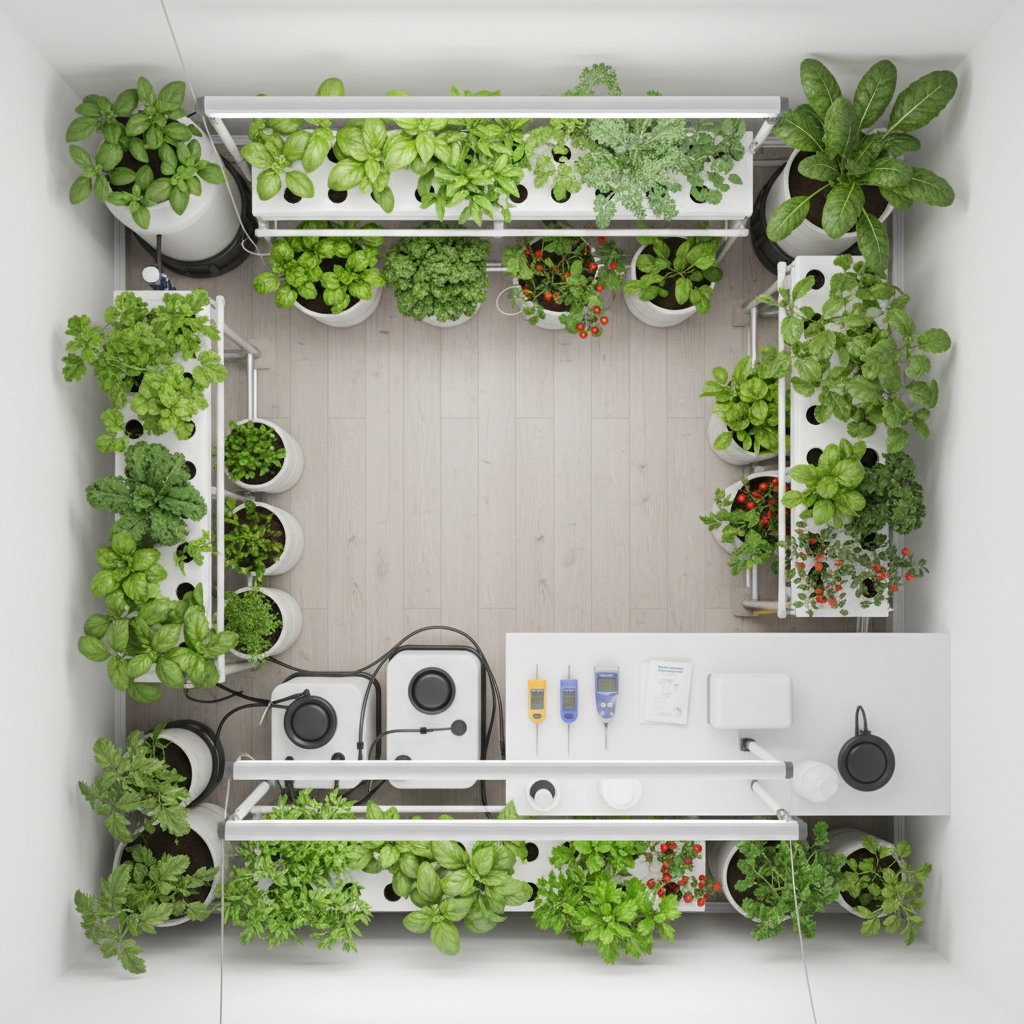
Beyond Heavy Metals: Complete Water Management
While heavy metal neutralization is crucial, complete water management involves several other factors. pH stability, mineral content, and even water temperature all play roles in soil biology health.
Drops of Balance addresses multiple water quality issues simultaneously, but you can enhance its effectiveness by maintaining proper water temperature (room temperature is ideal) and ensuring your overall feeding program supports beneficial microorganisms.
Consider incorporating beneficial bacteria and mycorrhizal fungi supplements along with clean water to rebuild soil biology more quickly. The combination of clean water and biological supplements creates optimal conditions for long-term soil health.
Shop BAM® Microbial Inoculant →
Making the Switch: What to Expect
When you transition to using Drops of Balance, expect a gradual improvement rather than immediate dramatic changes. Soil biology recovery takes time, typically 2-4 weeks for noticeable improvements and 8-12 weeks for complete ecosystem restoration.
During the first few weeks, you might notice subtle changes: better water penetration in your growing medium, reduced nutrient runoff, and slightly improved plant color. These early signs indicate that beneficial microorganisms are starting to recover.
By week 4-6, growth rates typically improve, and plants show better resistance to environmental stress. The root systems become more robust, and nutrient uptake becomes more efficient.
Long-term benefits include significantly improved soil structure, better water retention, reduced need for synthetic nutrients, and healthier, more productive plants overall.
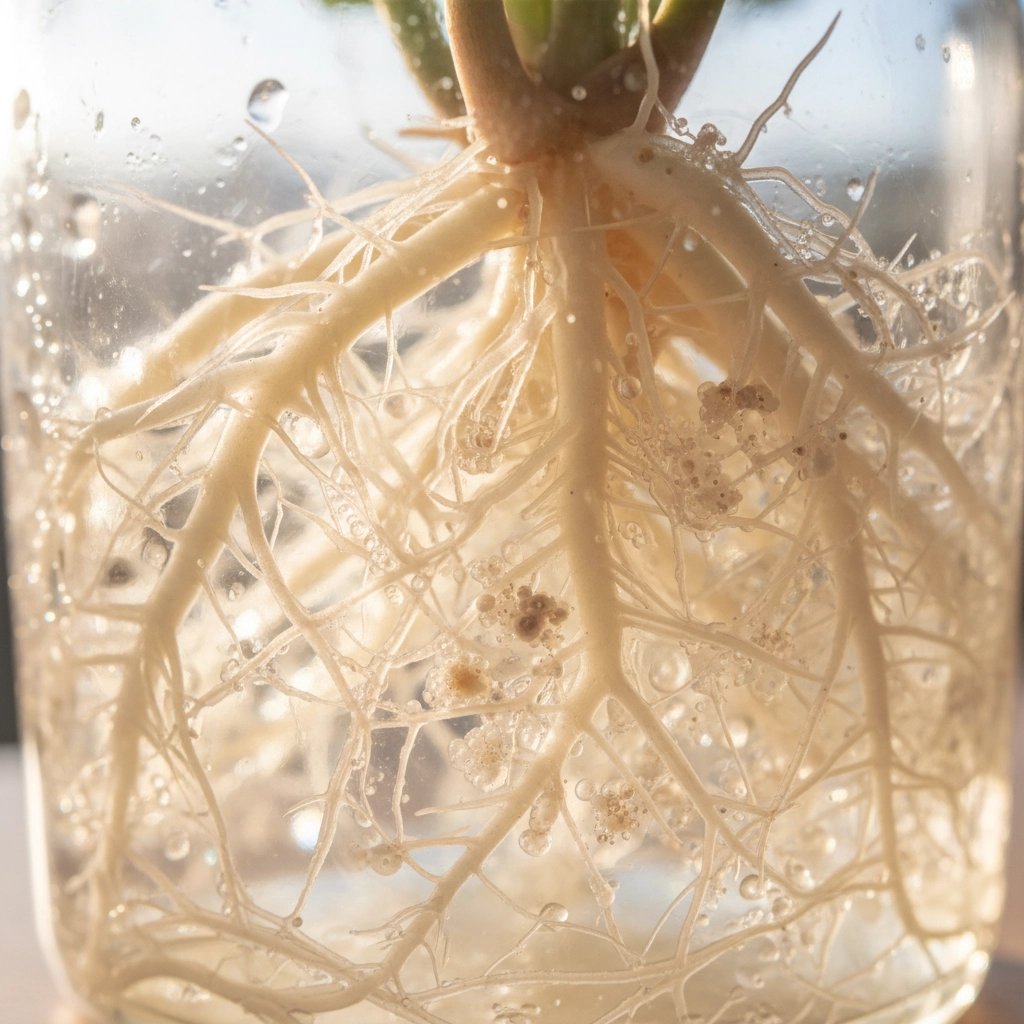
Clean water isn't just about plant health: it's about creating a thriving ecosystem that supports sustainable, productive growing. Heavy metal contamination disrupts this ecosystem at the most fundamental level, but with the right approach, you can restore and maintain optimal water quality.
Drops of Balance offers a practical solution that addresses the root cause of many growing problems that gardeners struggle with. By neutralizing heavy metals and supporting soil biology, it creates the foundation for consistently successful harvests.
The investment in clean water pays dividends in every aspect of your garden's performance. From healthier plants to reduced input costs, proper water treatment is one of the most effective improvements any grower can make.
Ready to see what clean water can do for your garden? Start with a comprehensive water test, then implement consistent treatment with Drops of Balance. Your plants: and your soil biology( will thank you for it.)

